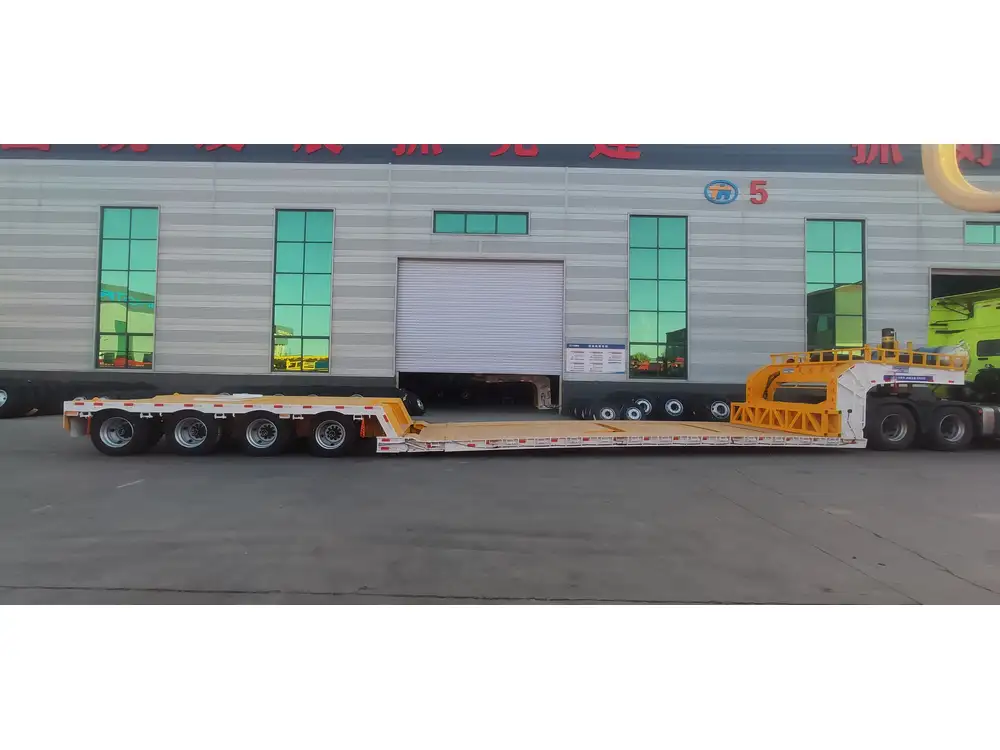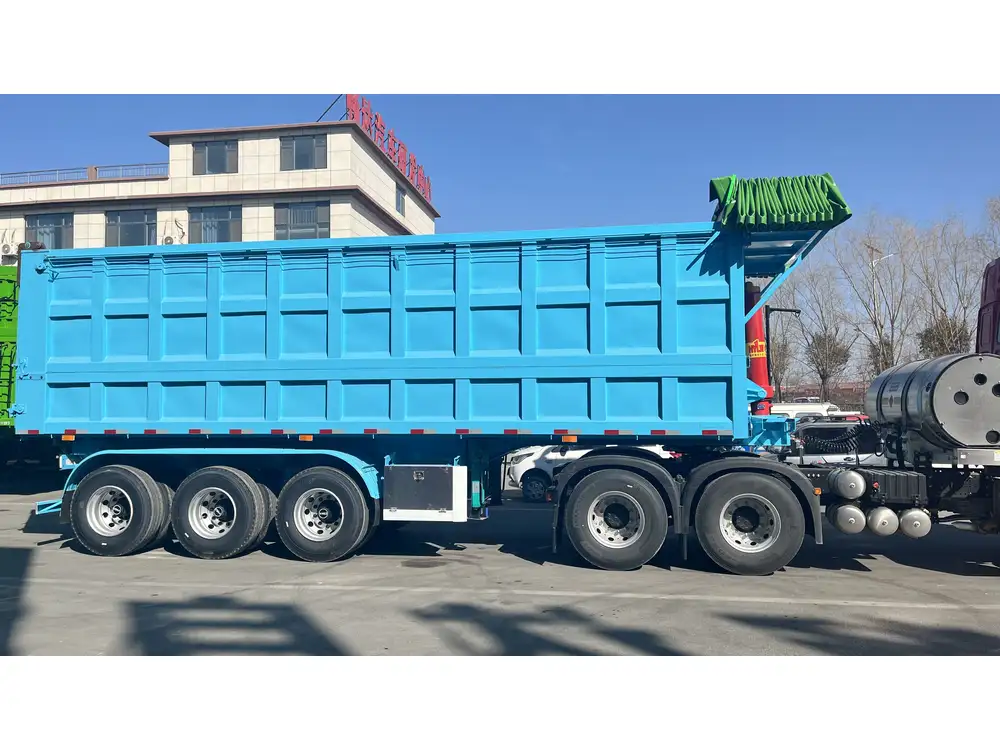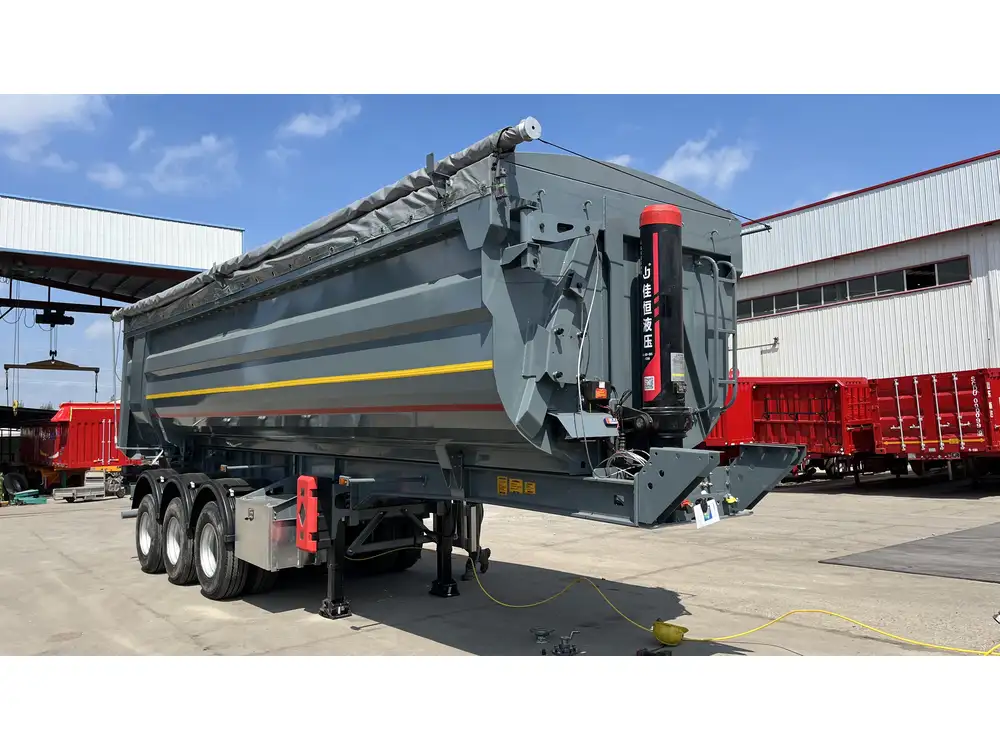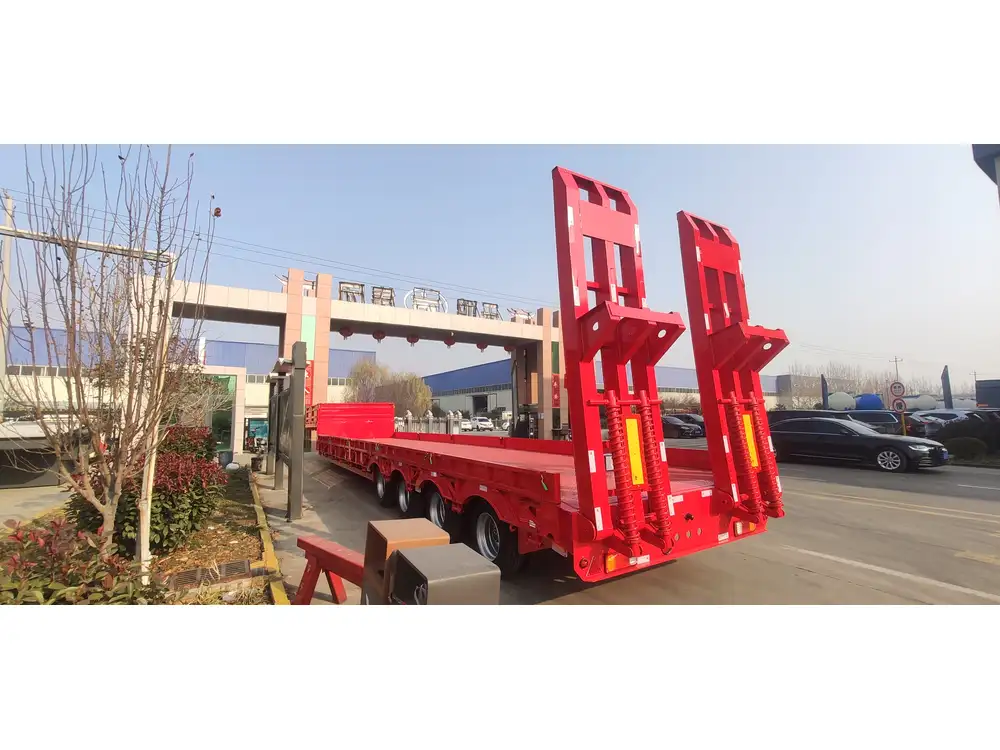Hauling oversized items, such as a 500-gallon tank, often raises numerous questions regarding logistics, safety, and legality. In the world of semi-trailers, the complexity increases manifold, making it essential to navigate various regulations, equipment capabilities, and safety measures. This comprehensive guide will explore the considerations, benefits, and steps involved in hauling a 500-gallon tank on a generator trailer.
Understanding the Equipment
What is a Generator Trailer?
A generator trailer, typically designed for towing portable generators, is a versatile piece of equipment that can often accommodate various loads. These trailers are constructed to withstand substantial weight, providing stability during transport. However, understanding the load capacity is critical to ensure safe hauling.
| Feature | Description |
|---|---|
| Weight Capacity | Usually rated between 5,000 and 10,000 lbs. |
| Trailer Dimensions | Typically 10-20 ft long, 6-8 ft wide |
| Wheel configuration | Usually single or dual axle |
| Material | Steel or aluminum frames |
| Additional features | Stabilizers, ramps, and tie-down points |

Load Capacity Assessment
Before considering hauling a 500-gallon tank, it’s crucial to assess the weight of the tank when filled. A 500-gallon tank filled with water would weigh approximately 4,200 lbs (since water weighs about 8.34 lbs per gallon). This weight can vary if the tank contains liquids other than water.
Knowing your generator trailer’s weight rating is vital:
- Single axle trailers typically support lighter loads (around 5,000 lbs).
- Dual axle trailers can handle heavier loads, often exceeding 10,000 lbs, which may be suitable for a fully loaded 500-gallon tank.
Load Weight Calculation
To ensure compliance with weight regulations, remember:
- Tank Weight (empty): Approximately 800 lbs (varies with material)
- Weight of Liquid (500 gallons): Approximately 4,200 lbs (when filled with water)
- Total Estimated Weight: 4,200 lbs + 800 lbs = 5,000 lbs
This calculation confirms that many standard generator trailers will support the total weight but not all. Cross-check manufacturer documentation for specific load capacities.
Legal Considerations for Hauling a 500-gallon Tank

Regulatory Compliance
When hauling a 500-gallon tank, compliance with local and federal regulations is paramount. This necessitates knowledge not only of weight limits but also of safety standards and transportation laws.
Key Regulations Include:
- Weight Limits: Check local Department of Transportation (DOT) regulations that specify maximum allowable weights per axle.
- Transport Permits: Certain jurisdictions may require special permits for transporting large or heavy loads.
- Load Securement Regulations: Ensure all loads are adequately secured to prevent shifting or falling during transit. Utilize appropriate tie-downs and straps designed for heavy loads.
- Hazardous Material Regulations: If your tank carries hazardous materials, you will need to follow strict DOT regulations, including placarding and documentation.
Safety First: Best Practices for Transporting Heavy Loads

Essential Safety Equipment
When preparing to haul a 500-gallon tank, equipping your trailer and vehicle with the necessary safety equipment is essential.
| Safety Equipment | Purpose |
|---|---|
| Tie-down Straps | Secure the load. |
| Wheel Chocks | Prevent trailer movement when stationary. |
| Safety Chains | Additional securing measure for towing. |
| Flashers and Reflectors | Enhance visibility during transport. |
| Weight Distribution Hitch | Improved stability and control while towing. |
Load Distribution and Balance
Proper load distribution is crucial to maintain trailer stability. Always center the weight over the axles and avoid placing the tank too far back or forward. An unbalanced load increases the risk of swaying, especially while traversing turns or inclines.
Practical Steps to Haul a 500-Gallon Tank Safely

Step 1: Prepare Your Trailer
- Inspect the trailer for any visible damage or wear.
- Verify the weight capacity by referring to manufacturer specifications.
- Ensure all safety features, such as brakes and lights, are functional.
Step 2: Load the Tank
- Position the tank onto the trailer using a fork truck or appropriate lifting equipment.
- Secure the tank using heavy-duty straps or tie-downs, ensuring they are tight and secure.
- Recheck the balance after strapping it down to ensure stability.
Step 3: Check Vehicle Compatibility
Ensure the towing vehicle can handle the load:
- Review the vehicle’s towing capacity.
- Install a weight-distributing hitch if necessary.

Step 4: Conduct a Pre-Trip Inspection
Prior to departure, conduct a thorough inspection including:
- Tire pressure and tread condition.
- Functionality of brakes and lights.
- Verification that the load is secure.
Step 5: During Transport
- Drive cautiously, avoiding sudden maneuvers.
- Monitor the load for any shifting during travel.
- Adhere to all traffic regulations related to oversized loads.
Step 6: Unloading the Tank
- Find a flat, stable area to unload the tank.
- Use a fork truck or cranes to lift the tank off the trailer if it is heavily loaded.
- Remove securement devices carefully, and ensure everyone is at a safe distance before unloading.

Conclusion: Is Hauling a 500-Gallon Tank on a Generator Trailer Right for You?
Determining if you can safely haul a 500-gallon tank on a generator trailer encompasses multiple considerations, from legal stipulations and weight capacity to safety protocols and loading techniques.
By understanding the specific requirements of your equipment, whether it meets the weight capacity, and preparing adequately for transport, you can accomplish the task safely and efficiently. Whether you’re a contractor, farmer, or landscaper, integrating proper planning and resources ensures that hauling tasks will be executed flawlessly.
In summary, always stay informed about local regulations, prepare your equipment properly, prioritize safety, and consult with professionals when in doubt. This proactive approach will not only help streamline your operations but also protect your investment and ensure the safety of everyone involved in the transportation process.



